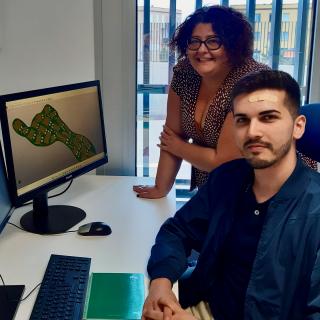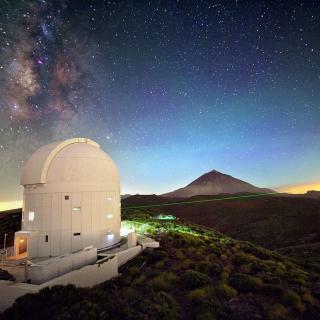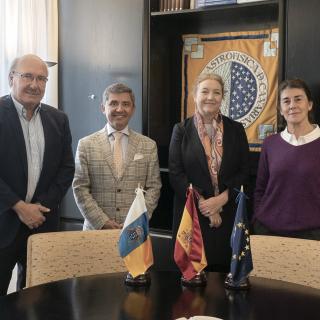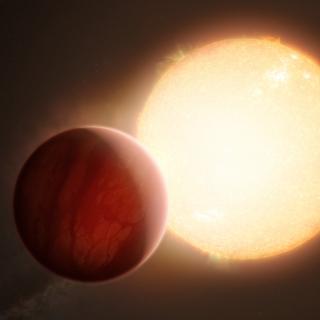
Today, November 14th, World Diabetes Day, the programme of IACTEC-Medical Technology of the Instituto de Astrofísica de Canarias (IAC) dedicated to the transfer of astrophysical technology to the biomedical field, celebrates the progress obtained in the development of an anthropomorphic model of a foot, which permits the simulation of pathologies of a diabetic foot. Within the MUTANT( Multimodal Tissue phANToms) line of resarch, oriented towards the development of components which simulate biological tissues, an anthropomorphic model of a foot is being developed, whose outer sheath is
Advertised on




